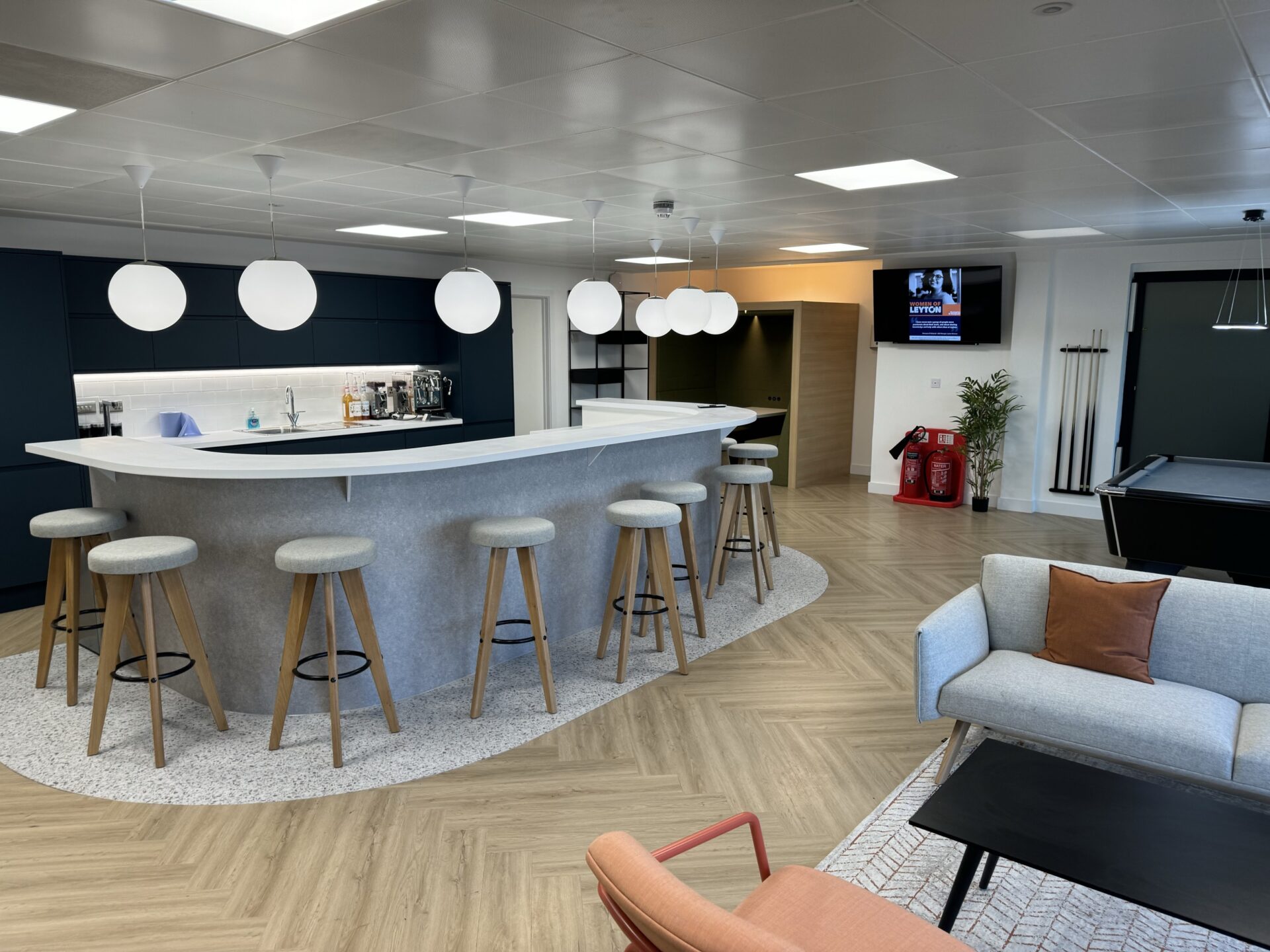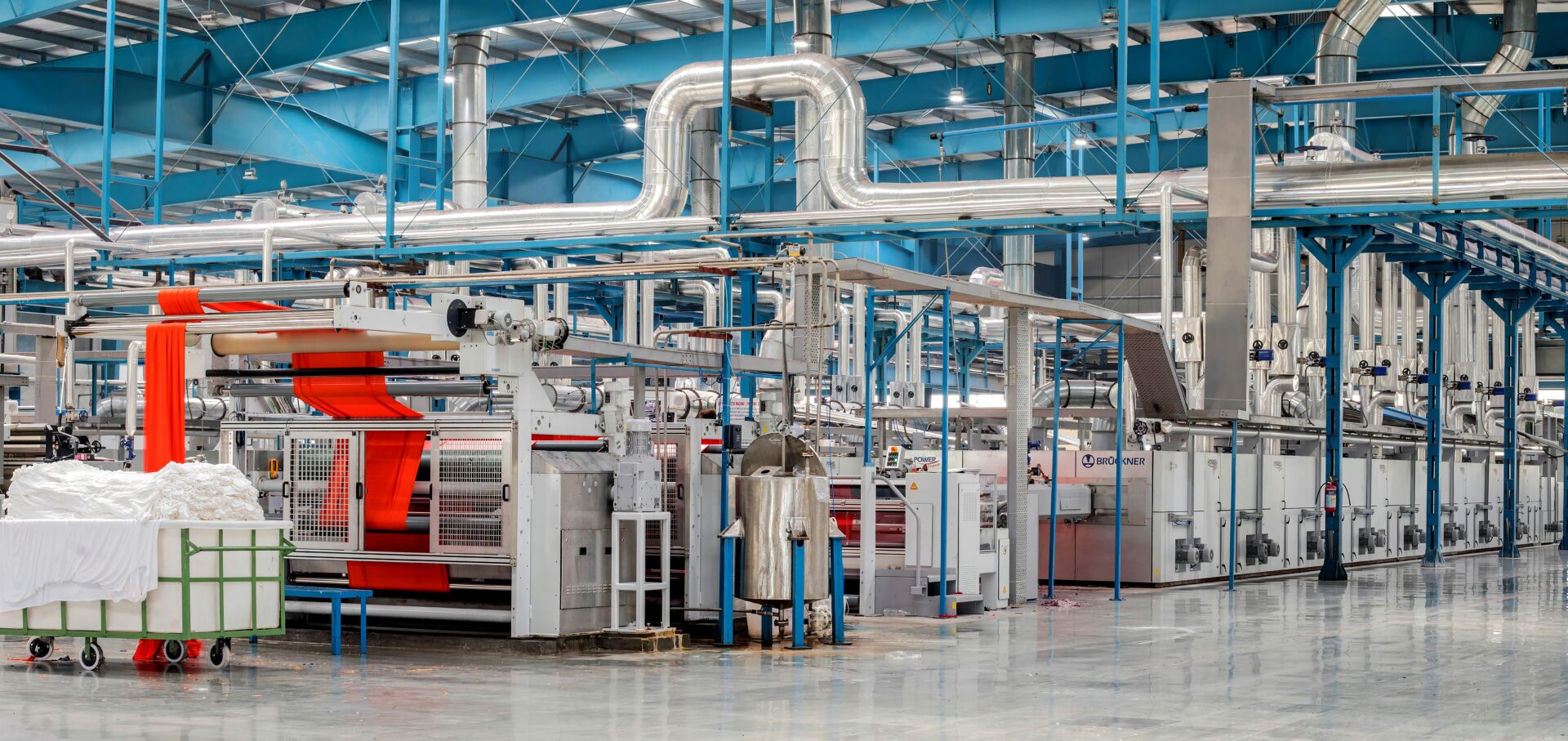Synthetic Biology: market drivers, challenges and R&D oppo...
Synthetic biology (or SynBio) is an exciting intersection of biology and engineering, which promi...

It’s a great time to be an innovative software developer. The recent expansion of qualifying categories for R&D expenditure allows businesses to claim R&D Tax Credits for cloud computing, data analytics, and dataset licence costs. This is a huge boon for the software industry, a significant driver of research and development in the UK. Software development, computer programming, information services and telecommunications account for 18.7% of UK’s business R&D – a proportion that will likely grow following the recent reforms on what can be claimed for.
For software companies to fully be able to take advantage of the tax credits available to them, we recommend that they make appropriate preparations in advance of their claim. To help businesses do this, we’ve put together our recommended methodology for preparing to claim R&D tax relief.
Here are the six key points that we recommend you take note of before preparing to make software R&D claims:
These best practices result from learnings as R&D advisors who have been working with HMRC for years. Below, we discuss each recommendation in more detail.
The core element of a robust claim is the inclusion of a technical report covering your R&D project or projects. This report lists what you are claiming for and how each item meets HMRC’s criteria. Such a breakdown will provide welcome clarity for HMRC, giving them the necessary detail for processing your claim.
While accessing any potential advances being done as part of your R&D projects, it’s important to consider what already exists (e.g., as documentation, public knowledge or existing software resources).
This is where most companies need outside expertise. It might be easy to identify a challenge/uncertainty, but it can be hard to understand the current capabilities of the software market – it’s a vast space that’s constantly developing and advancing.
To say that your software project is R&D, you’ll need to show that your innovation has gone above and beyond what is available in the public domain. This is where Leyton can really help. We keep on top of current industry knowledge and best practice and can help you understand the software market’s current capabilities.
Once you’ve got a baseline for the software market’s current capabilities, you must identify whether your project enhances what’s already available.
To do this, you should seek the opinion of experts on standard approaches and why they would not be feasible as solutions in the context of your project. This will help determine if your project is enhancing current capabilities.
HMRC is more concerned with how your development efforts have helped you to overcome uncertainty and unknowns within a project, rather than the research aspects alone. The research element does need to exist, but it shouldn’t be alone. It should always be associated with development.
At Leyton, we can identify where the work goes beyond the research phase and into the crucial development aspect.
Businesses often rely on estimations – and this is in line with the legislation – but it’s always worth having a written backup of relevant evidence so that you can prove what is routine work and what is R&D.
Records such as meeting minutes or logs of time spent on new iterations will support your claim. While HMRC does not typically require documentation as primary evidence, having records can prove valuable, especially for SMEs as they tend not have in place the logistical recording tools to make a note of every single element of work that’s gone into a project – at least not in a way that can easily be exported and sent to HMRC.
In the context of claiming R&D Tax Credits, apportionment refers to allocating and dividing costs, expenses, and resources associated with R&D activities among different projects or staff members. This helps you to correctly identify and quantify the R&D-related expenditures eligible for tax relief.
When apportioning R&D involvement across your staff base, you’ll need to demonstrate a fair and logical methodology (the relevant evidence that you’ve collected will support any apportionments that you make). Ad hoc allocations are frowned upon, and direct correlation and involvement in the R&D effort should be based on the expertise of the person and their contribution to the project.
In some circumstances, you can also apportion cloud storage. Cloud storage is more likely than not to be seen as general overheads, and general overheads can’t be claimed for. However, if part of your storage specifically relates to R&D (e.g., development environments, processing engines or additional databases you’re using to process information), then an appropriate apportion can be made.
The same applies to software licences as long as you demonstrate a clear methodology for apportioning the licence costs concerning your R&D work.
Did you know that over 60% of software businesses qualify for R&D Tax Credits?
Our technical experts have years of field experience, so they can dive into the details to help businesses from within the software sector maximise their R&D tax relief.
If you enjoyed this article, you might also like:
Explore our latest insights

Synthetic biology (or SynBio) is an exciting intersection of biology and engineering, which promi...

Even in the best of circumstances, we know that it can be challenging to balance a successful car...

Small and Medium-sized enterprises (SMEs)are the lifeblood of innovation in the UK. We’ve dived i...

Full expensing is a first-year allowance that allows businesses to reduce their tax liability and...